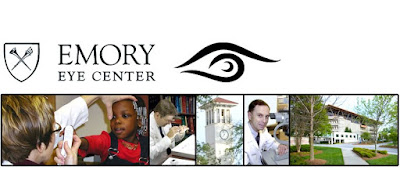 Dr. Bradford Brown, is Professor of Human Development and former Chair of the Department of Educational Psychology at the University of Wisconsin-Madison. He received an A.B. in sociology from Princeton University and Ph.D. in human development from the University of Chicago. Before joining the faculty of the University of Wisconsin in 1979. Dr. Brown’s research has focused on adolescent peer relations. He is especially well known for his work on teenage peer groups and peer pressure and their influence on school achievement and social adjustment. WEB: Peer Relations Study Group | Peer relationships are an important part of adolescence for most American adolescents. As teens find their places in the peer system in most high schools, crowds define most students’ status and reputation. Today, schools and communities are growing more ethnically diverse and types of crowds have expanded to include ethnically oriented groups. A new study finds that ethnic minority teens tend not to hang out with crowds made up of their ethnic peers. The study also found that being part of an ethnically oriented crowd at school is, for most Asian students, associated with mostly positive characteristics (such as pride in one’s ethnic background). For most Latino students, being part of an ethnically oriented crowd is associated with a mixed group of characteristics (some pride, but also some feelings of discrimination and stereotyping). The study was conducted by researchers at the University of Wisconsin-Madison, Dartmouth College, and the University of North Carolina-Chapel Hill. It is published in the May/June 2008 issue of the journal Child Development. |
Researchers polled 2,465 African American, Asian American, and Latino teenagers ages 14 to 19 attending seven public high schools in the midwestern and western United States. The students were given a list of the crowds most commonly mentioned by other teens at their school and asked to indicate the one they identified with most closely. In addition, a group of students placed all their classmates (including those initially polled) into crowds; the researchers then looked for characteristics that distinguished adolescents who were part of ethnically oriented crowds from adolescents who were part of non-ethnic crowds.
The study found that ethnic crowd affiliation was not widespread, particularly among biracial youth. Only about 30% of the teenagers were placed by peers in ethnically oriented crowds, and only half that number associated themselves with such crowds. Teens in the ethnic categories studied were more likely to be placed by peers—and to place themselves—in crowds that were not defined ethnically.
However, since ethnicity is an important factor in the self-image and peer reputation of many youths, the study also sought to determine why some ethnic minorities do associate themselves with ethnic crowds at school. For all three ethnic groups studied, teenagers were more likely to be part of an ethnically oriented crowd if most of their friends came from the same ethnic background and if the students were doing poorly in school. Moreover, Latino and Asian American teens who had positive feelings about their ethnic background were more likely to associate themselves with a crowd made up of other teens from their ethnic group.
Furthermore, Latino students were more likely to be part of an ethnically oriented crowd if they came from lower-income homes and had experienced a lot of ethnic discrimination, perhaps because associating with a Latino crowd served as a defense against negative experiences with other peers at school.
“Adolescent crowds are often disparaged as instruments of peer pressure and stereotyping that interfere with healthy identity development,” notes Bradford Brown, professor of human development and educational psychology at the University of Wisconsin-Madison and the study’s lead author. “Our findings suggest that this might be true for ethnically oriented crowds in multi-ethnic American high schools, at least among Latino youth. In other respects, however our findings suggest that ethnically oriented crowd affiliations can reflect and contribute to healthy identity and social development, particularly among adolescents of Asian backgrounds.” ###
The study was funded, in part, by the U.S. Department of Education.
Summarized from Child Development, Vol. 79, Issue 3, Ethnicity and Image: Correlates of Crowd Affiliation Among Ethnic Minority Youth, by Brown, BB (University of Wisconsin-Madison), Herman, M (Dartmouth College), Hamm, JV (University of North Carolina-Chapel Hill), and Heck, DJ (Horizon Research, Inc.). Copyright 2008 The Society for Research in Child Development, Inc. All rights reserved.
Contact: Andrea Browning abrowning@srcd.org 202-289-7905 Society for Research in Child Development

































